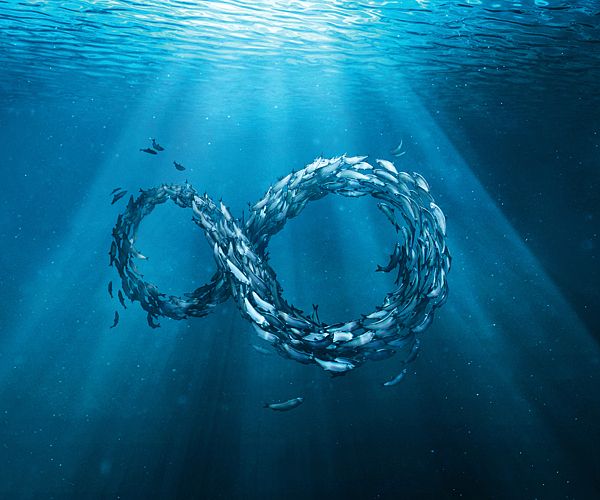The What and Why of Sustainable Seafood

Fundamentally, sustainable seafood is the healthy relationship between us and the oceans that surround us. Consuming high amounts of fresh seafood means that we inevitably leave our mark on the aquatic ecosystem. Therefore, it is up to us to understand the impact we have when we choose to buy certain seafood products, as our oceans depend on it.
The oceans cover over 70% of our planet and are vital to our species survival. However, our demand for seafood over the last few decades has brought upon some dire consequences. We as a species need to understand that the oceans aren’t as resilient as we may think they are, and they require our undivided attention. After all, our health and nutrition, and easy accessibility to high quality seafood depends on what choices we make today.
What is Sustainable Seafood Exactly?
Sustainable seafood is a method of replenishing, managing and maintaining the oceans and their ecosystems. This ensures fresher seafood supplies for our families and for their future families. And it all starts with an informed consumer, as the choices we make today impact the seafood supply we have tomorrow.
Sustainable fisheries start by targeting species that are plentiful. This often includes those that are lower on the food chain as they tend to reproduce a lot quicker than larger species. They also mandate certain safeguards that help protect underwater ecosystems, like bycatch, dredging, and other harmful fishing practices. To ensure seafood does indeed remain ‘sustainable', wild fisheries need to be well manage, which includes accurate monitoring of certain species populations as well as being able to track seafood during the course of the whole expedition. Simply put, this means tracking the tracking the whole ‘from boat to dinner plate’ journey.
An alternative to wild caught seafood is fish farming, however, not all of these farms are created equal. For a truly sustainable fish farm it requires their operations to minimise environmental impact, which a lot of them don’t adhere to. This includes, minimising pollution, disease, and other harmful practices that may damage the aquatic ecosystems which wild species truly depend on. This also includes not using wild caught fish as feed, which defeats the purpose of sustainable seafood in the first place.
839GYLCCC1992



Leave a Reply